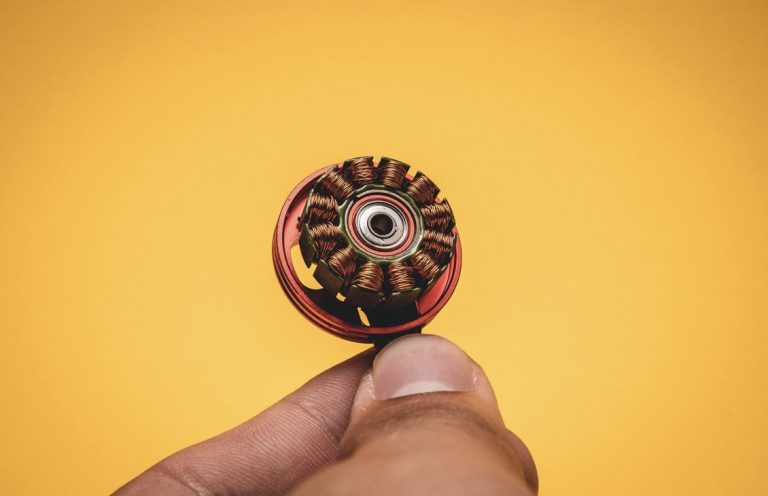Different Ways to Use Threaded Inserts in Mechanical Engineering
Threaded inserts are mechanical fasteners with good flexibility and strength. They are made from various materials like PVC, brass, aluminum, etc. Threaded inserts made of stainless steel are most prevalent and offer multiple benefits.
Threaded inserts for metals are efficient alternatives to weld nuts, self-drilling screws, and tapped holes. They are less time-consuming and easy to use.
Industry Applications of Threaded Inserts
Threaded inserts are used in many industries including,
- Mechanical Engineering
- Automobile
- Aerospace
- Transportation
- Electronics
- Defense
- Telecommunication
Threaded inserts for metals can be of many types and come in different sizes, thicknesses, and materials. The many types of threaded inserts are used for different applications in many industries. The most common types of threaded inserts used widely are stud inserts, thin-wall inserts, slotted body inserts, etc.
Applications of Threaded Inserts in Mechanical Engineering
Threaded inserts are used in various subdisciplines of mechanical engineering such as precision engineering, equipment manufacturing (energy and medical equipment), etc.
Some of the popular applications of threaded inserts for metals are,
- Aluminum castings
- Electronic housings
- Thread restoration
- Engine castings
- Turbine generator assembly and maintenance
- CNC Machining
- Metal Pressings
How Are Threaded Inserts Used in Mechanical Engineering?
The threaded insert is an inevitable component in mechanical engineering. Read more to find out what kind of applications can best benefit from threaded inserts.
- Applications that demand repeated assembly
Some assembled workpieces may require frequent disassembly of their metal parts. Such applications can quickly rule out welding. Also, the permanency of welded joints does not hold well for dissimilar metals. Welding demands additional work to cover up the burn marks and can take too much time and effort.
Threaded inserts are wear- and tear-resistant. They are perfect for applications that involve repeated assembly and disassembly. Also, no thread friction may result from the erosion of the threads.
- Applications with severe corrosive conditions
Adhesives and tapes are an alternative to welding. While they create a more presentable assembly, they do not provide the required strength or durability of the joints. Also, they are highly vulnerable to extreme temperatures and corrosion-prone environments.
Applications subjected to severe effects of galvanic corrosion need the strength of threaded inserts. Stainless steel thread inserts have excellent corrosion resistance and thus prevent adverse seizing and galling in adverse environments.
- Applications with high temperatures
Temperature-resistant threaded inserts are used in temperatures as high as 420 degrees Celsius. Adhesives wear off quickly when subjected to such extreme conditions.
- Applications with brittle materials
While working with flexible or thin materials, threaded inserts for metals offer the required load-bearing threads. Again, welding does not work with materials that are too brittle. On the other hand, you can install the threaded metals comfortably into metals of varying thicknesses and even ceramics.
The Bottom Line
While shopping for threaded inserts for metals, you must remember that not all fasteners are the same. While using threaded inserts in assembly lines or for mechanical repair work, be sure to choose manufacturers who offer good durability and strength.



0 Comments